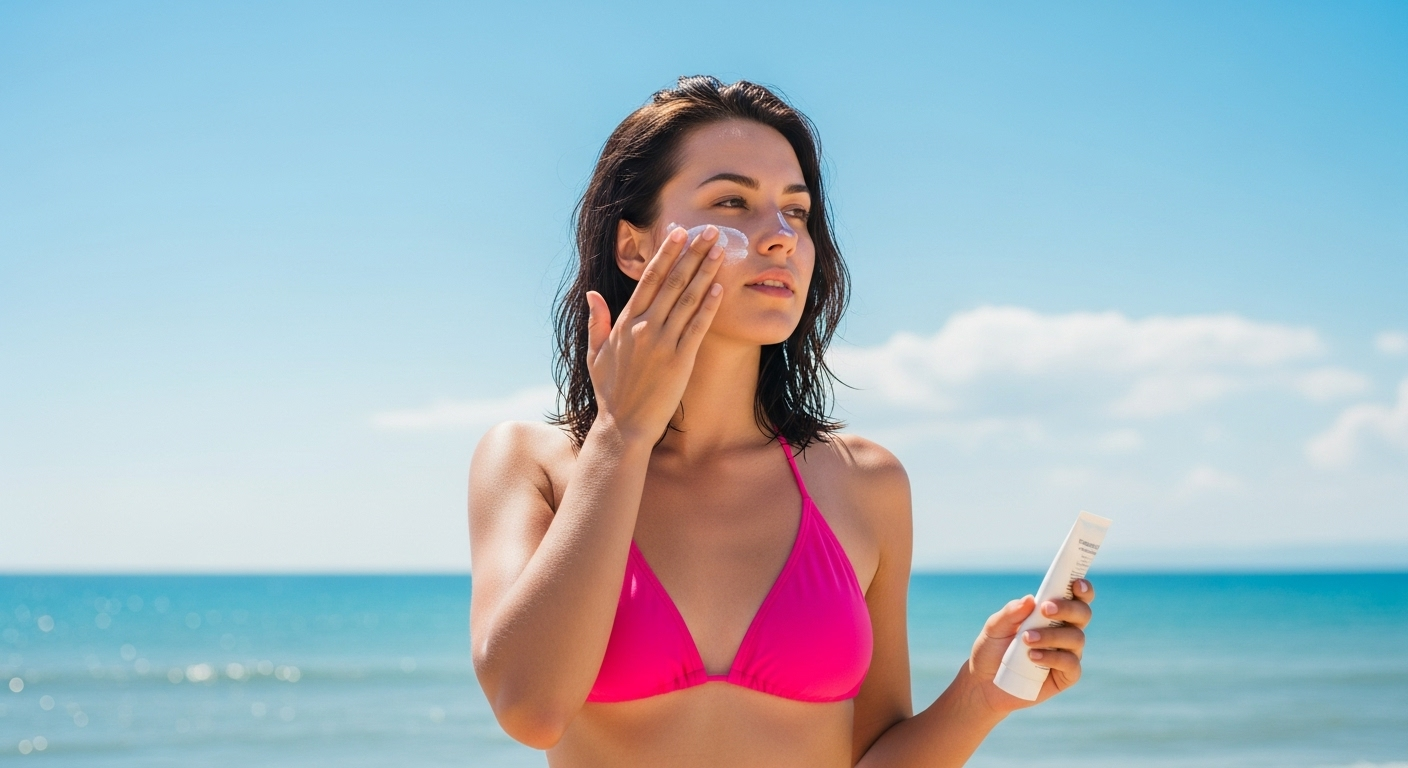The 2-Hour Sunscreen Rule: Maximize Your UV Protection
As the sun blazes, applying sunscreen before stepping out becomes non-negotiable. It’s a crucial step to safeguard your skin against premature aging and the risk of skin cancer. However, many of us fall into a common trap: applying sunscreen once in the morning and thinking we’re set for the day. The truth is, effective UV protection requires more vigilance than that. To truly shield your skin, understanding and adhering to the "2-hour rule" is paramount.
The Truth About SPF: Why Reapply Every Two Hours
A common misconception is that a higher SPF (Sun Protection Factor) rating means longer-lasting protection. Whether you’re using SPF 30 or SPF 60, the fundamental rule remains: sunscreen needs to be reapplied at least every two hours. The SPF rating primarily indicates the level of protection against UVB rays, not how long that protection lasts.
Why the two-hour limit? Sunscreen ingredients can break down due to exposure to sunlight, sweat, and humidity. Additionally, some chemical components may dissipate from the skin over time. This breakdown and dissipation reduce the sunscreen’s efficacy, leaving your skin vulnerable.
Another critical factor often overlooked is the amount of sunscreen applied. Even if you’re using an SPF 30 product, applying only a third of the recommended amount can reduce its actual protective effect to that of an SPF 10. For optimal protection, always apply a generous, sufficient quantity and commit to reapplying it every two hours, or more frequently if swimming or sweating heavily.
Sun Protection Isn’t Just for the Outdoors: Car Safely
Many people assume they are safe from UV rays while inside a car. While the front windshield of most vehicles is laminated glass, which effectively blocks both UVB and some UVA rays, side and rear windows typically offer less protection. These windows often allow a significant amount of UVA radiation to pass through.
Research from dermatology experts indicates that drivers are at a higher risk of developing skin cancers on the left side of their face and body (in countries where driving is on the right side of the road), due to prolonged exposure through the side window. In fact, studies have shown a notable percentage of skin cancer patients developing tumors on the side most exposed to the sun while driving. Therefore, even when spending time in your car, it’s essential to apply sunscreen generously. Additionally, wearing UV-protective sunglasses can reduce glare and help protect your eyes from conditions like cataracts.
Sunscreen and Vitamin D: Finding the Balance
A common concern is whether sunscreen prevents the body from producing essential Vitamin D, which is vital for bone health, immune function, and muscle strength. The good news is, you don’t have to choose between sun protection and Vitamin D synthesis.
A small amount of UVB radiation, even when wearing sunscreen, is typically enough for your body to produce Vitamin D. Furthermore, you can significantly boost your Vitamin D levels through your diet. Foods rich in Vitamin D include:
- Salmon
- Canned tuna
- Eggs
- Vitamin D-fortified cereals
- Orange juice
- Soy milk
- Milk
By incorporating these into your diet, you can maintain healthy Vitamin D levels without compromising your skin’s safety.
It’s Never Too Late: Sun Protection at Every Age
The effects of sun exposure are cumulative and can pose risks regardless of age. While it’s estimated that a significant portion of a person’s lifetime UV exposure occurs by their early twenties, continued caution and protection are crucial throughout life.
If you had minimal or no sunscreen use during your younger years, it becomes even more important to adopt a consistent sun protection routine now. When choosing a sunscreen, opt for a "broad-spectrum" product, which means it protects against both UVB rays (the primary cause of sunburn) and UVA rays (which contribute to aging and skin cancer).
By embracing the 2-hour sunscreen rule, applying generously, and being mindful of hidden exposures like those in a car, you can maximize your UV protection and maintain healthier skin for years to come.




